What To Do With Offsets – Planting Small Shoots Growing From Bulbs
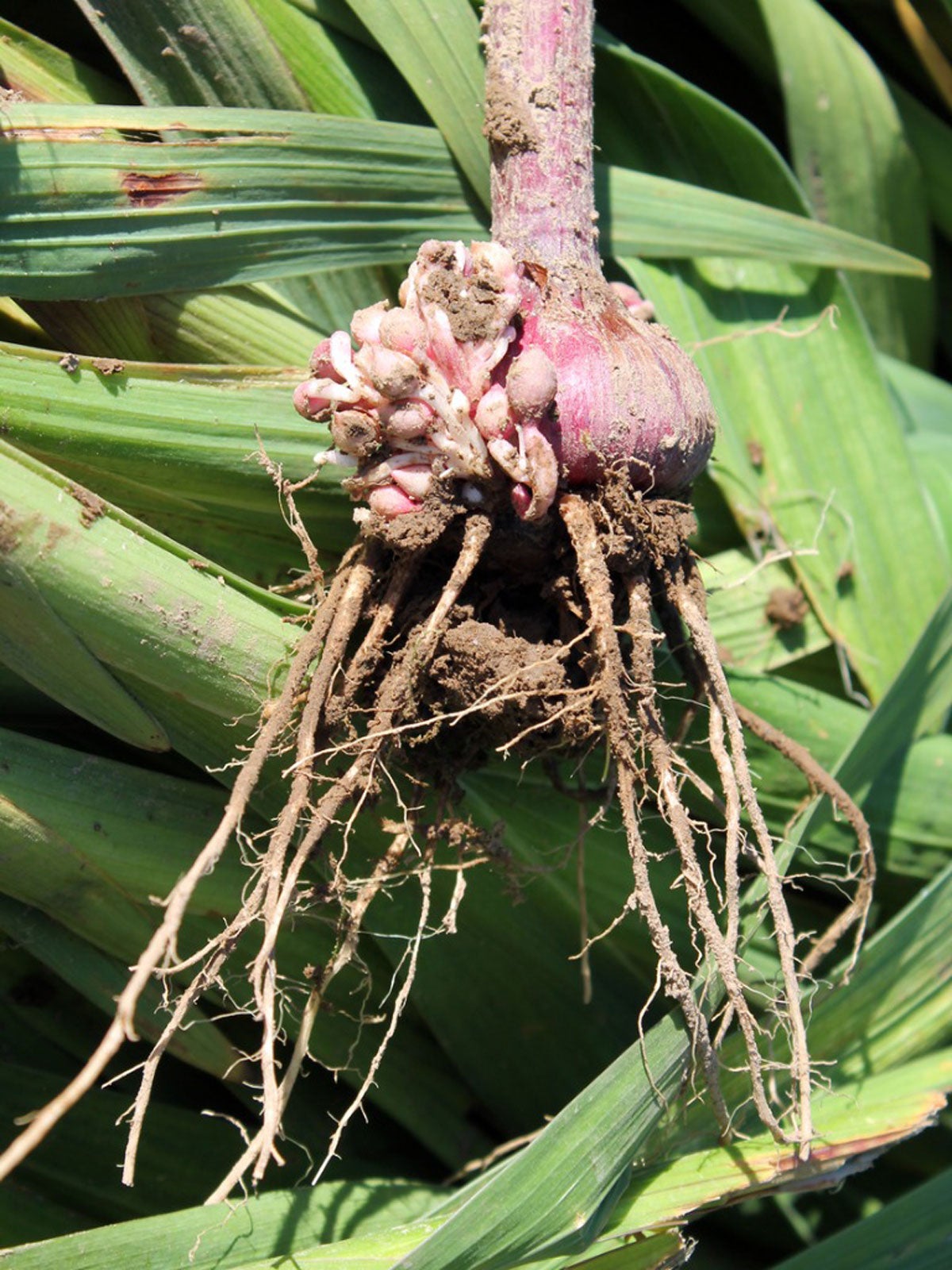

Bulbs can be propagated in several ways, but one of the easiest is through division. Those little shoots coming from a bulb indicate that the bulb is reproducing underground. Each little shoot will become a bulb in time and flower. The small shoots growing from bulbs are the fastest way to get more blooming plants.
Reproducing Bulbs with Shoots Growing from Offsets
Bulbs produce bulbils and bulb offsets as easy propagation parts. You need to know what to do with offsets to increase your stock of favorites. The shoots growing from offsets will tell you when it is time to divide and remove the new baby bulbs.
You can wait until the shoots coming from a bulb die back to divide or take the offsets when the leaves are still green.
Bulbs are propagated through seed, scales, bulbils, chipping, and division of the shoots growing from offsets. Starts from seeds take a ridiculously long time to flower and are really only useful as a hobby and interesting project.
Growing from scales is useful for lilies, while chipping works on daffodils, hyacinth, and a few other species. Bulbils are easy to grow but, again, take quite some time to flower. The quickest and easiest way is through offsets, which can flower within a year or two.
The small shoots growing from bulbs are an indicator that your plant is mature and has decided to make babies. Not all bulbs reproduce this way, but many of our most common ones do. This is a bonus because your old bulb will begin to produce smaller flowers and eventually none at all. However, the bulb offsets will become new flowers and the parent bulbs produce many, meaning more beautiful flowers!
What to Do with Offsets
You can take the offsets at any time, provided you are prepared to care for them if they still have leaves left. Dig around the main plant carefully and remove the small bulbs around the main bulb. If these have already sprouted, plant them in a prepared bed and water them in.
Gardening tips, videos, info and more delivered right to your inbox!
Sign up for the Gardening Know How newsletter today and receive a free copy of our e-book "How to Grow Delicious Tomatoes".
Keep them moist as they establish. The leaves will drop off in the fall. Mulch the bed for winter. In areas where you have to lift tender bulbs for winter, dig up the plant and collect all the offsets. Separate these out from the large parent plant, which will begin to produce less and less. Plant the small bulbs in spring.

Bonnie Grant is a professional landscaper with a Certification in Urban Gardening. She has been gardening and writing for 15 years. A former professional chef, she has a passion for edible landscaping.
-
 8 Perfect Flowers To Plant With Tomatoes To Boost Yields & Banish Pests
8 Perfect Flowers To Plant With Tomatoes To Boost Yields & Banish PestsDon’t forget flowers when choosing companion plants for your tomato beds or pots. These pretty, fragrant blooms add beauty but are also highly beneficial.
By Mary Ellen Ellis
-
 Want The Longest Lasting Hydrangea Flowers? Grow These 8 Panicle Hydrangea Varieties
Want The Longest Lasting Hydrangea Flowers? Grow These 8 Panicle Hydrangea VarietiesFor ornamental shrubs that deliver the longest flowering seasons with plush blooms and delicate hues, these panicle hydrangea varieties are essential in your yard
By Tonya Barnett
-
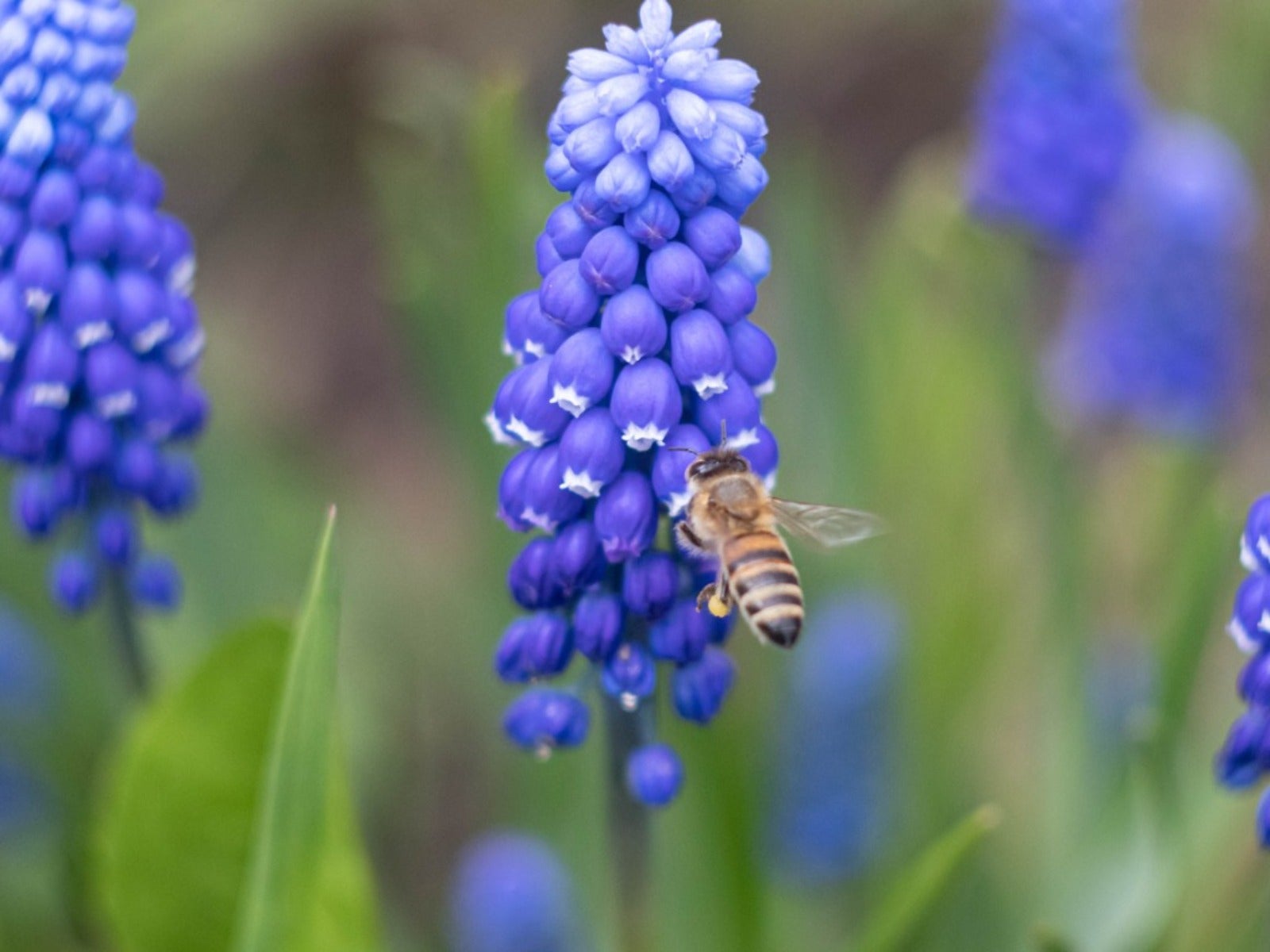 Pretty Spring Bulbs For Pollinators
Pretty Spring Bulbs For PollinatorsWhat are the best flowering bulbs for pollinators in spring? Click here to find out.
By Mary Ellen Ellis
-
 Grow An Early Spring Flowering Bulb Lawn
Grow An Early Spring Flowering Bulb LawnWant a lawn that nourishes pollinators, never needs weeding, and grows more beautiful every year? We have the lawn for you. Click for more.
By Caroline Bloomfield
-
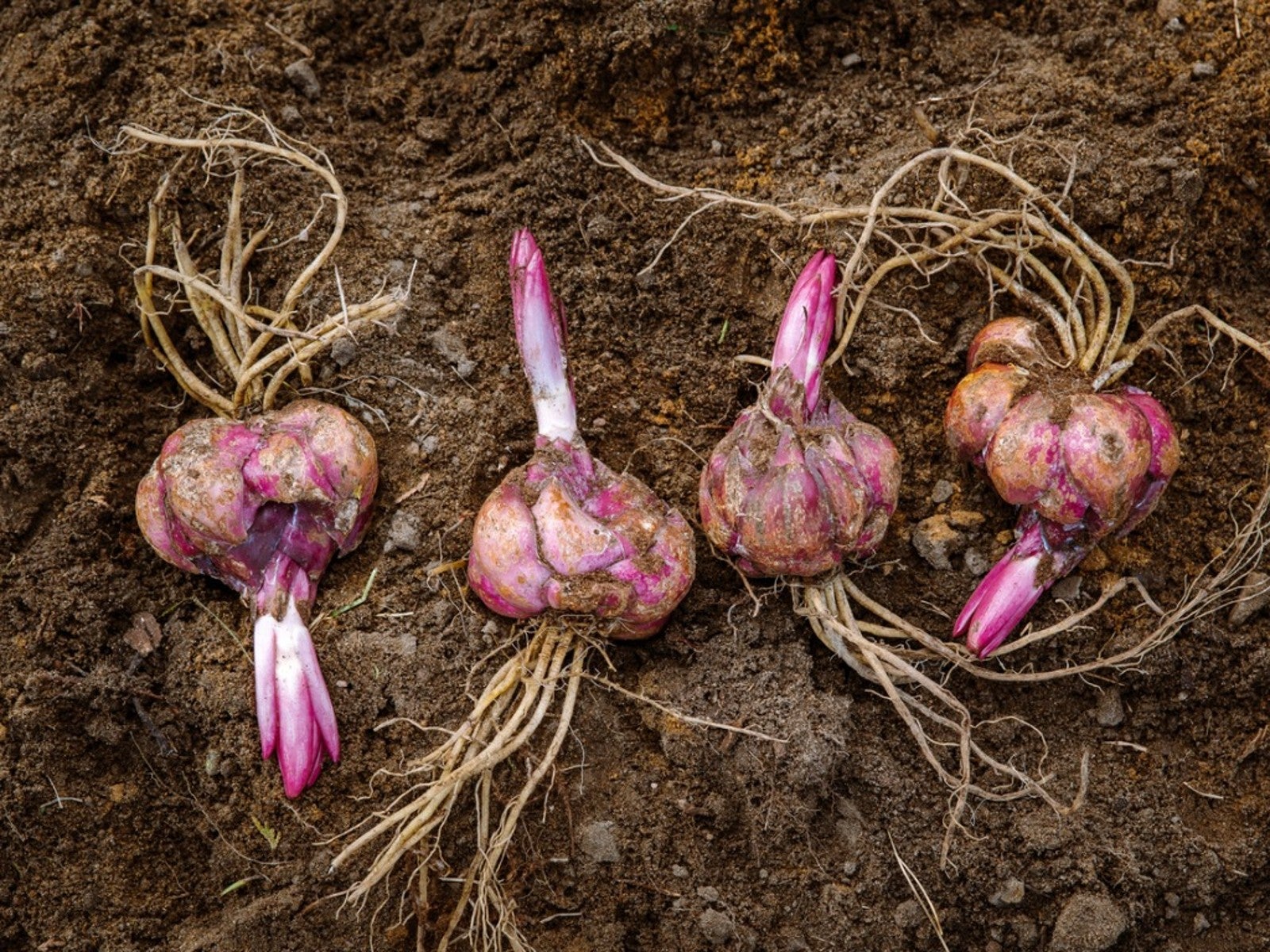 When To Dig Up Bulbs That Bloom In Summer
When To Dig Up Bulbs That Bloom In SummerClick here to learn when to dig up faded summer bulbs of some of the most common ornamentals grown.
By Tonya Barnett
-
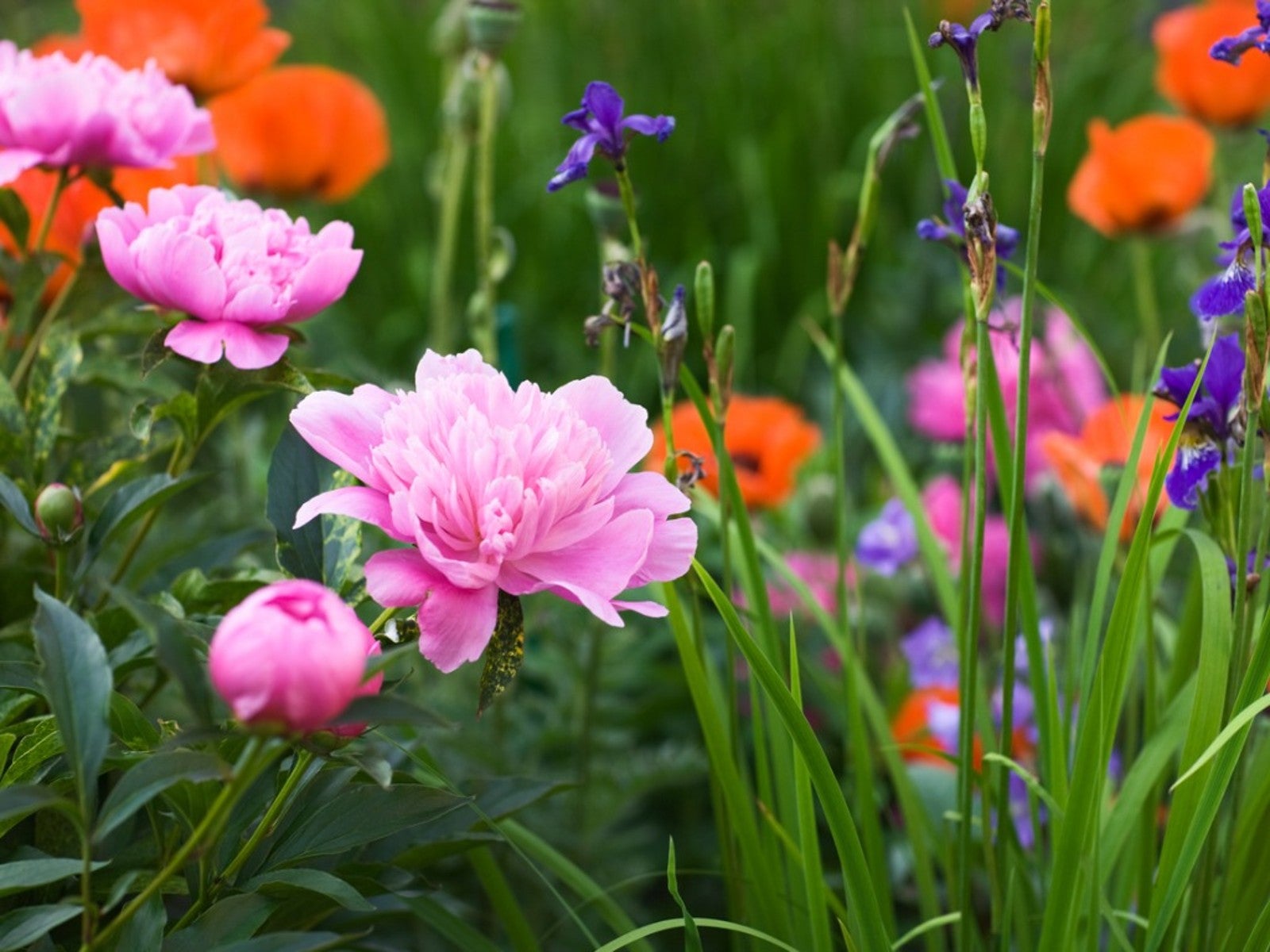 Corms, Tubers, And Bulbs That Are Deer Resistant
Corms, Tubers, And Bulbs That Are Deer ResistantWe love tulips, and so do deer! If you have hungry deer and you hunger for spring blooms, this article should help.
By Amy Grant
-
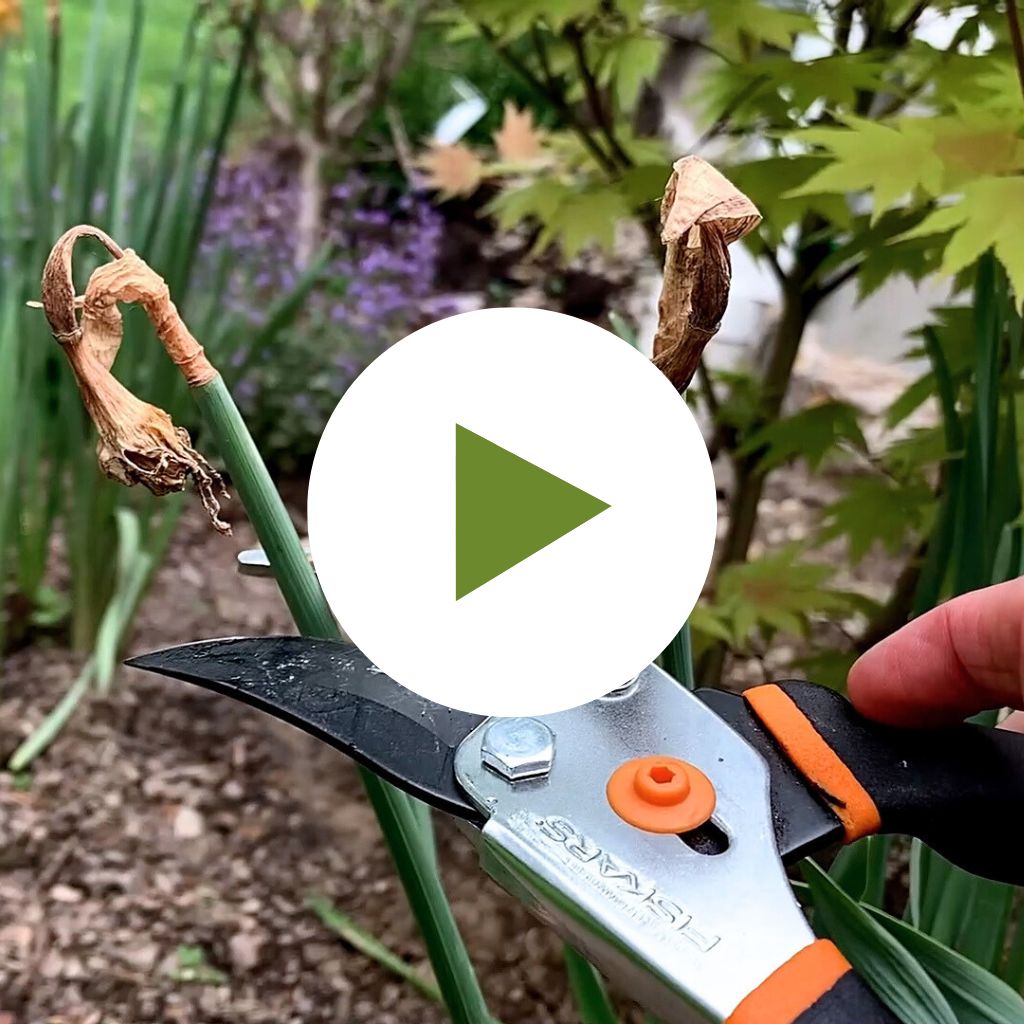 Care for Bulbs After Blooming
Care for Bulbs After BloomingIt's tempting to chop down the leaves after you bulbs have bloomed, but you have to resist this urge! Click to learn why.
By Amy Draiss
-
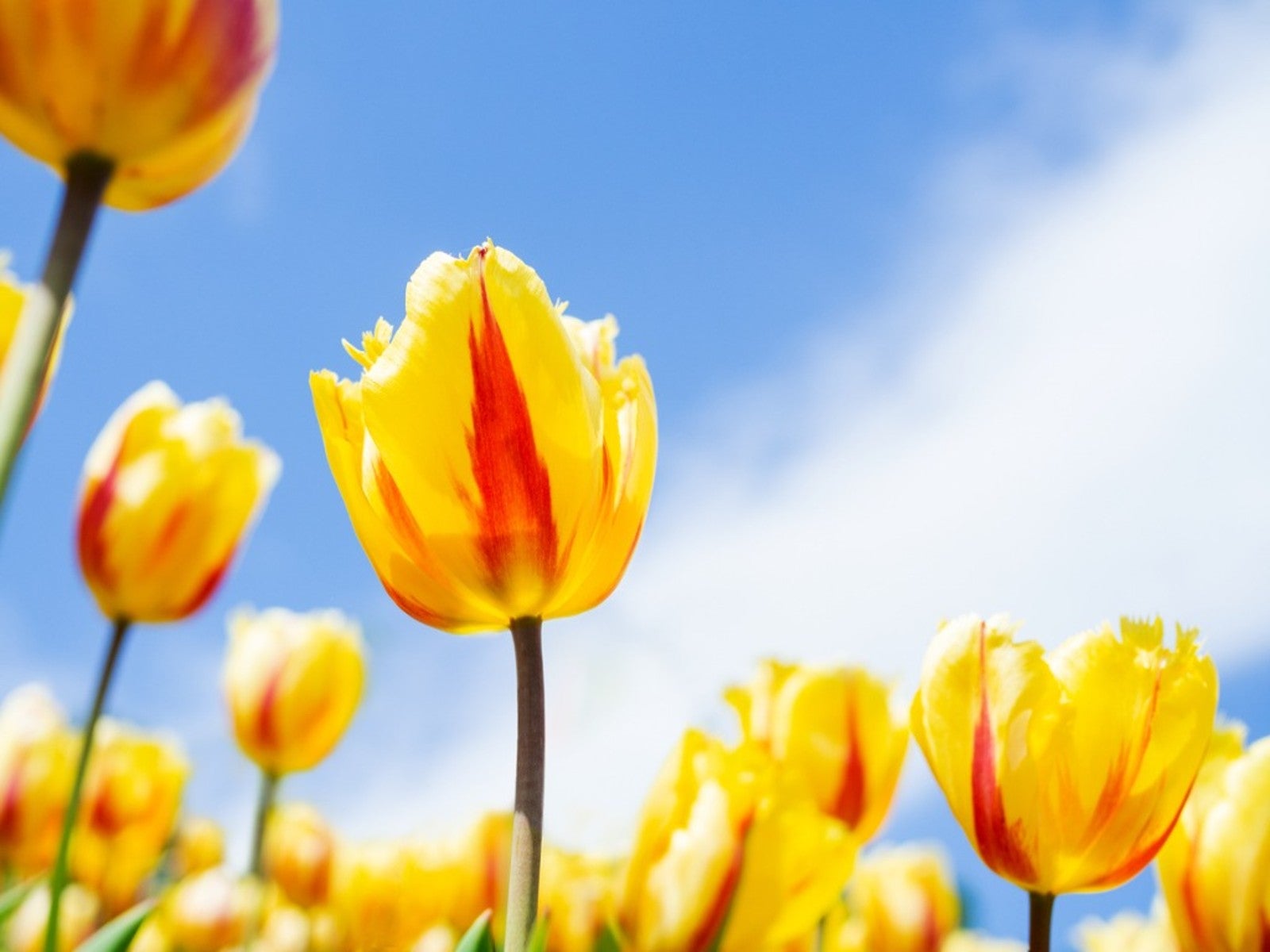 Best Spring Bulbs for Sun and Shade: Bulbs That Grow in Shade and Full Sun
Best Spring Bulbs for Sun and Shade: Bulbs That Grow in Shade and Full SunBulbs are beautiful harbingers of spring. Most flower bulbs thrive in full sun, but what if you have a shaded landscape? Read on for more.
By Amy Grant
-
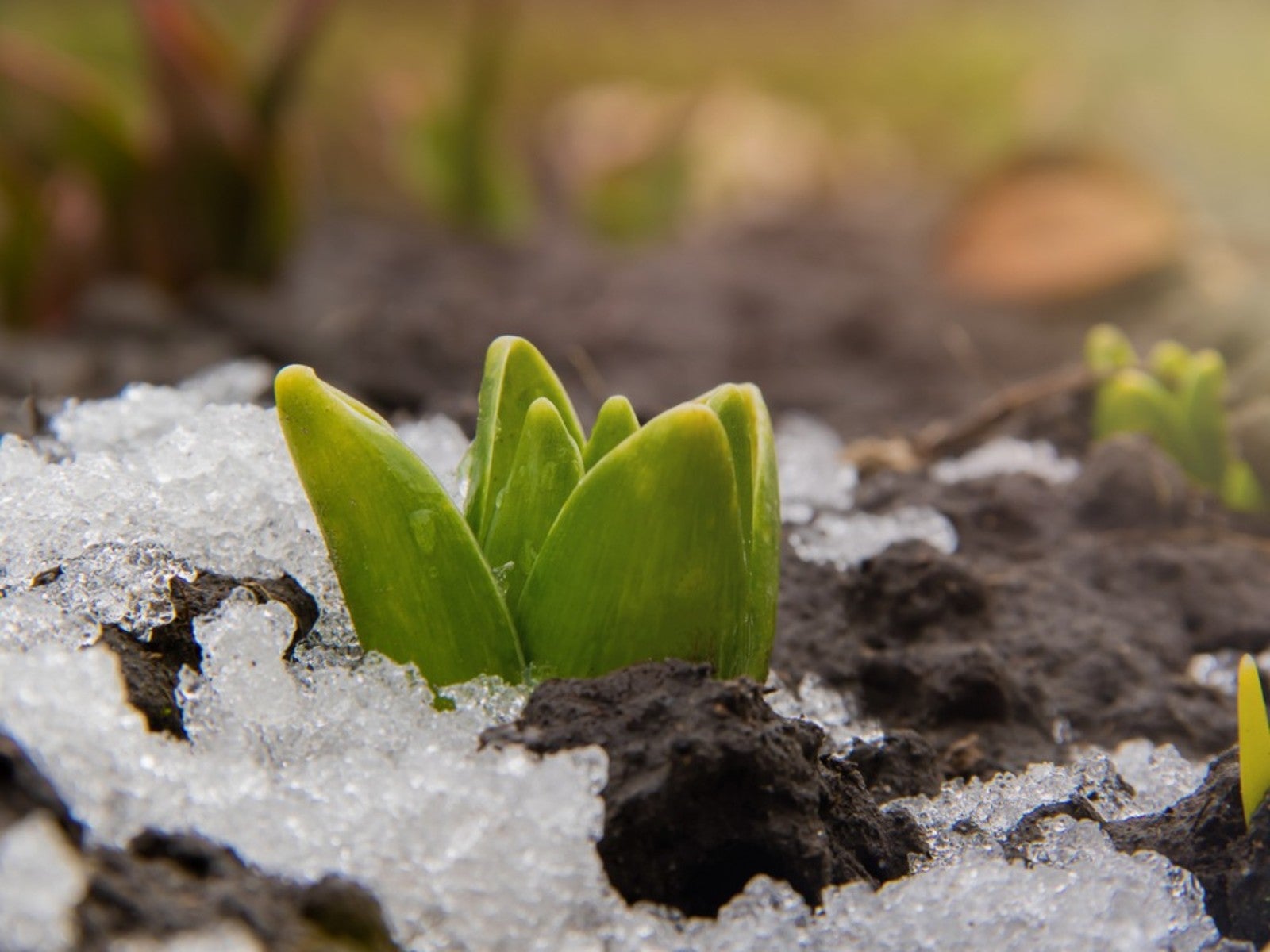 Bulb Life Cycle In Winter: What Bulbs Do For Months Under The Snow
Bulb Life Cycle In Winter: What Bulbs Do For Months Under The SnowDormancy in winter doesn't mean nothing is happening with bulbs. It just means you don't see any growth above the ground. Read on for more.
By Bonnie L. Grant
-
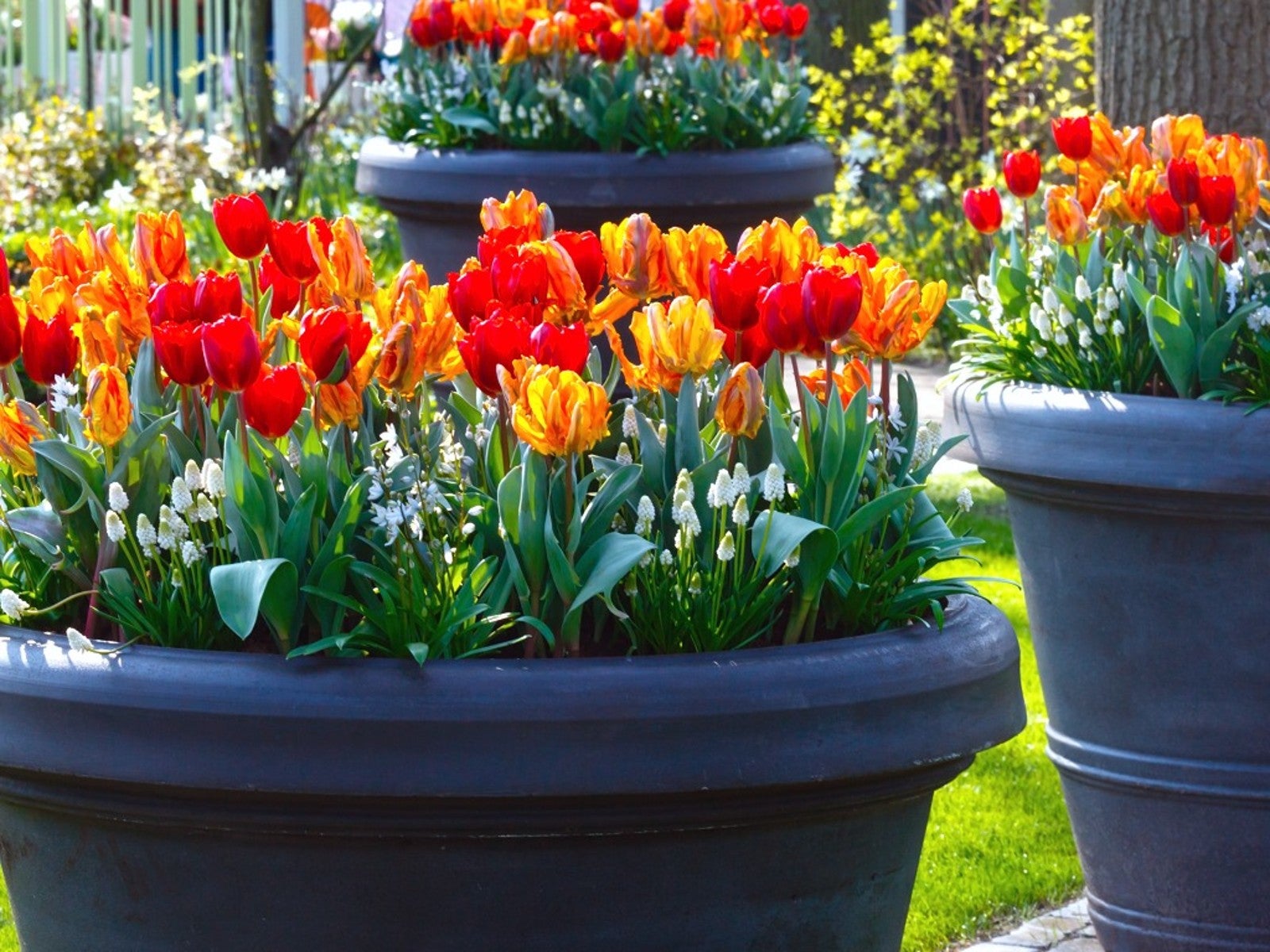 How To Plant Bulbs In Pots - Lasagna Style
How To Plant Bulbs In Pots - Lasagna StylePlanting bulbs in containers is an easy way to create a gorgeous spring porch arrangement, especially when you use the lasagna method.
By Laura Walters